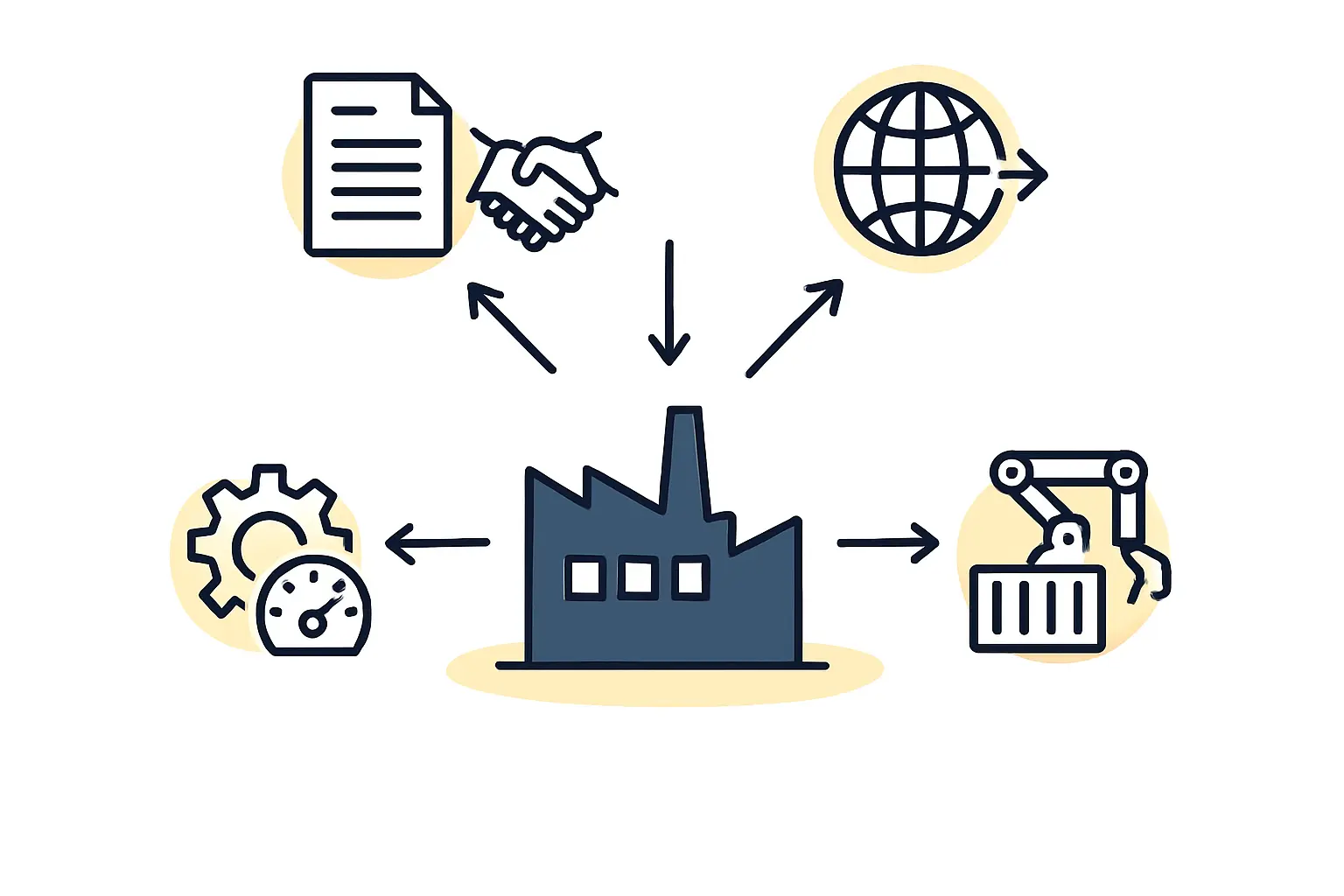Armenia Achieves Solar Energy Goals, Surpassing the Armenia solar energy target
Armenia has dramatically accelerated its transition to renewable energy, achieving its strategic target of 1,000 MW of solar power capacity four years ahead of its original 2030 schedule. This remarkable milestone, confirmed in late 2025, builds upon earlier successes and cements the nation’s role as a leader in regional solar development.
An early sign of this rapid progress was celebrated at the Solar Energy Forum in Yerevan on October 9th, 2024, where the country was recognized for reaching its initial 200 MW goal—itself four years earlier than anticipated in its 2026 Action Plan.
A Forum that Sparked a Movement in Armenia solar energy target achievement
The 2024 forum, organized by the Ministry of Territorial Administration and Infrastructure (MTAI) and the Renewable Energy and Energy Efficiency Fund (R2E2), was a pivotal event. It brought together key stakeholders who would become instrumental in the country’s solar boom, including representatives from the government, the Public Services Regulatory Commission of Armenia (PSRC), the EU Delegation to Armenia, USAID, the World Bank, and the Asian Development Bank. While celebrating a preliminary milestone, the event laid the groundwork for the exponential growth that was to follow.
Masrik 1: The Cornerstone of Armenia’s solar energy target Ambition
The forum placed a spotlight on the successful commissioning of the Masrik 1 solar power plant, a project that proved the viability of large-scale solar in the country. This 55 MW plant, officially inaugurated on October 10th, 2023, was the largest of its kind in Armenia and began supplying clean electricity to the national grid on October 19th of that year.
Developed by the Dutch-Emirati company Fotowatio Renewable Ventures (FRV), Masrik 1 was Armenia’s first utility-scale photovoltaic power plant. Its construction marked a significant step in reducing greenhouse gas emissions and reliance on fossil fuels. Projects of this scale depend on a sophisticated global supply chain, from the procurement of essential solar panel raw materials to the intricate solar panel manufacturing process that turns them into high-efficiency modules.
Financing and Impact: A Model for Success in Armenia solar energy target
The $51.6 million project was a testament to successful international collaboration, financed through a blend of private investment and loans from the International Finance Corporation (IFC), the European Bank for Reconstruction and Development (EBRD), and the European Union (EU). The EU further supported the project with $3 million in grants via the E5P Fund. Understanding the solar panel manufacturing plant cost breakdown is critical for structuring such financial packages effectively.
The Masrik 1 plant generates approximately 128 gigawatt-hours of electricity annually—enough to power 21,000 households—and displaces around 40,000 tons of CO2 emissions each year. This directly supports Armenia’s Nationally Determined Contributions (NDCs) under the Paris Agreement.
From Milestone to Momentum: The Road to 1,000 MW Armenia solar energy target
The success of Masrik 1 acted as a powerful catalyst. Initial plans for subsequent projects like Ayg-1 and Ayg-2, which aimed to add another 500 MW, were not just realized but were part of a much larger wave of investment and development that propelled the nation past its 1,000 MW goal by 2026. This rapid scaling required a deep understanding of the basics of solar panel manufacturing and the deployment of advanced solar panel manufacturing machines to meet demand.
With this massive capacity now online, the government’s focus is shifting to the next logical challenge: energy storage. Discussions are underway for subsidy programs to encourage the construction of storage plants, which are crucial for ensuring grid stability and maximizing the availability of solar power, even when the sun isn’t shining.
What Armenia’s Success Means for German Residents Regarding Armenia solar energy target
Armenia’s journey offers valuable insights for homeowners and tenants in Germany. It demonstrates that a committed national strategy can dramatically accelerate the adoption of renewable energy, leading to greater energy independence and stability. For German residents, this global trend toward affordable solar power reinforces the benefits of local initiatives. The falling costs of photovoltaic technology, proven by rapid national-level adoption in countries like Armenia, make residential solar installations more accessible than ever. This aligns with Germany’s own robust support systems, such as KfW loans and EEG feed-in tariffs, empowering individuals to contribute to the energy transition, lower their electricity bills, and increase their property value.
A Sustainable Future Powered by the Sun, Meeting Armenia solar energy target
The Solar Energy Forum in Yerevan was more than a meeting; it was the starting gun for a race Armenia has decisively won. By shattering its 2030 solar energy target years ahead of schedule, Armenia has not only secured a more sustainable energy future for itself but has also set an inspiring precedent for the world. The nation’s journey underscores a powerful global truth: the future of energy is bright, and it is increasingly powered by the sun.
Ready to dive deeper into the technology that’s changing our world? Enroll in our free e-course to learn everything you need to know about solar panel technology and manufacturing.



